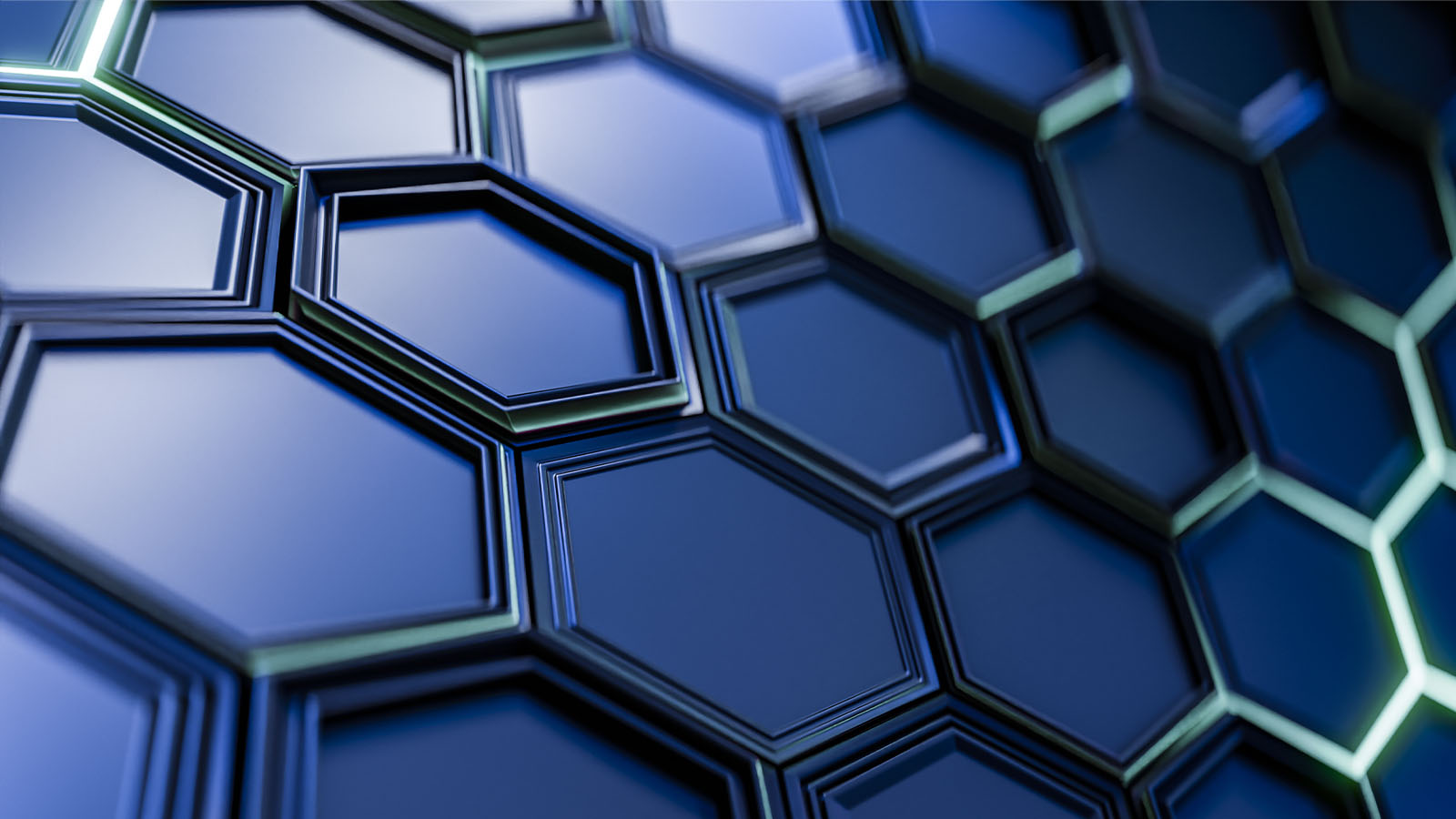We’re back with the second edition of “The Science of”! This time we’re talking about graphene and why you should be excited that it has been discovered.
History of graphene
Graphene is a carbon-based nanomaterial which gained tremendous attention among researchers after its discovery in 2004. Professor Andre Geim and Professor Konstantin Novoselov were awarded the Nobel Prize in Physics in 2010 for the discovery of graphene.

Graphene is widely known as a one-atom-thick two-dimensional sheet of carbon that is tightly packed into honey-comb like lattice as illustrated in Figure 1 (Stankovich et al., 2006). It is classified as one of the carbon allotropes as it’s chemically made-up of carbon atoms. In simple terms, graphene can be described as a single layer of graphite. Graphene is a remarkable material, being the thinnest, strongest and stiffest material in the world. Graphene has shown great potential for application in most industries, including the paint and coating industry.

Within the graphene family, graphene members are commonly classified into graphene, graphene oxide (GO) and reduced graphene oxide (RGO) as illustrated in Figure 2 and can be differentiated by the amount of the hydroxyl and carboxyl functional groups present on the periphery and planar surface of the sheets. This enables them to be functionalized easier than graphene. Their general characteristics and properties are summarized and displayed in Figure 3.


Several researchers have reported that graphene can be employed in coating system for protective purposes. As reported in 2017, silane-functionalized graphene was developed to coat copper surfaces to prevent corrosion. The results for the coated surface were outstanding as the coating successfully reduced the corrosion current by 20 times of the magnitude of bare uncoated copper in 3.5 wt% salt (Ajay Krishnan et al., 2017).

Currently, existing graphene coatings in the market are functionalized using vinyloxy benzene to form a modified RGO. The modified RGO is reported to be incorporated with solvent-borne polydimethysiloxane (PDMS) as a binder to enhance coating’s hydrophobicity. The approach to incorporation of PDMS involves the usage of toluene, acetone and chloroform. Although the results are encouraging, the use of a solvent-borne binder system is not encouraged due to strict regulation on volatile organic compounds (VOCs).

Since 2016, IGL Coatings identified the potentials of the use of graphene in ceramic coatings and invested in the research and development of incorporating graphene in our products.
We have, since incorporation, always prioritized the well-being of our customers, our most important stakeholders and proposed formulations involving high health and work hazards to both users and environment do not pass our strict and rigid standards. As such, in line with our vision and mission, the R&D team at IGL Coatings worked extensively on a water-borne graphene coating system. The comparison between water-borne and solvent-borne system is summarized as shown in Table 1.

Due to the extremely challenging nature of developing transparent water-borne protective coatings, especially for hydrophobic coatings, the adoption of a water-borne system has been slow. However, the combination of graphene-based nanomaterials and water-borne resin system show potential synergetic effects which enhances the overall efficiency of the coating such as:
- Longer durability
- Enhanced corrosion and weathering resistance
- Improved mechanical properties
- Anti-static properties

Table 2 shows a summary of our recent developments on our quest to formulate a water-borne graphene coating system. In order to improve the hydrophobicity of water-borne coatings, increasing concentration of GO was incorporated, as an additive, into water-borne resin and formulated into a hydrophobic coating. Theoretically, the binder molecules bond on the graphene sheets that are dispersed in the formulation, as displayed in Figure 4, which potentially enhances the hydrophobicity and mechanical properties of the coating.

Each sample was coated on the metal surface and studied. Their respective hydrophobicity was determined by measuring the water contact angle (WCA), as illustrated in Table 2. Due to limited wettability, a hydrophobic surface exhibits WCA ranging from 90-150°. For super-hydrophobic surface, described as perfectly non-wetting, WCA is greater than 150°. It was observed that the WCA gradually increased with increasing amount of GO added. However, the WCA obtained after 5% of GO added is still yet to achieve our ultimate goal, which is WCA of at least 120°. The R&D team at IGL Coatings have undergone substantial research in producing graphene-reinforced water-borne hydrophobic protective coatings and look forward to further improvements through extensive research through differing approaches and methods.
To learn more about the eco-friendly coatings produced, formulated and manufactured by IGL Coatings, visit www.iglcoatings.com for more information. You can also email us at marketing@iglcoatings.com for further requests and articles.


